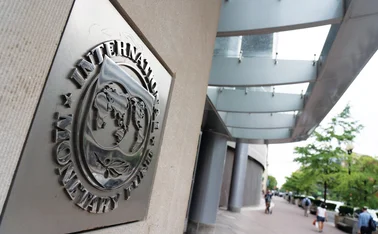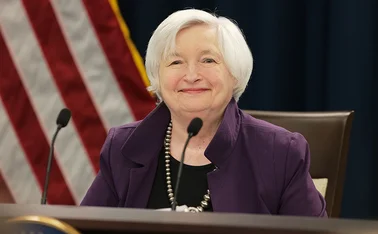
Fed starts financing money market funds
US Congress overrules Dodd-Frank clause at Treasury request as Fed brings in sweeping measure

The US Federal Reserve has established a new facility to lend indirectly to money market mutual funds, triggering US Congress to suspend a clause of the Dodd-Frank Act designed to protect taxpayers.
Through the facility, the Money Market Mutual Fund Liquidity Facility (MMLF), the Federal Reserve Bank of Boston will provide loans to banks that are secured by certain assets that the banks have purchased from money market funds.
The Fed’s aim is to assist money market funds in meeting demands for
Only users who have a paid subscription or are part of a corporate subscription are able to print or copy content.
To access these options, along with all other subscription benefits, please contact info@centralbanking.com or view our subscription options here: subscriptions.centralbanking.com/subscribe
You are currently unable to print this content. Please contact info@centralbanking.com to find out more.
You are currently unable to copy this content. Please contact info@centralbanking.com to find out more.
Copyright Infopro Digital Limited. All rights reserved.
As outlined in our terms and conditions, https://www.infopro-digital.com/terms-and-conditions/subscriptions/ (point 2.4), printing is limited to a single copy.
If you would like to purchase additional rights please email info@centralbanking.com test test test
Copyright Infopro Digital Limited. All rights reserved.
You may share this content using our article tools. As outlined in our terms and conditions, https://www.infopro-digital.com/terms-and-conditions/subscriptions/ (clause 2.4), an Authorised User may only make one copy of the materials for their own personal use. You must also comply with the restrictions in clause 2.5.
If you would like to purchase additional rights please email info@centralbanking.com test test test








